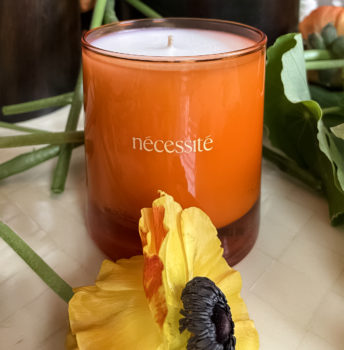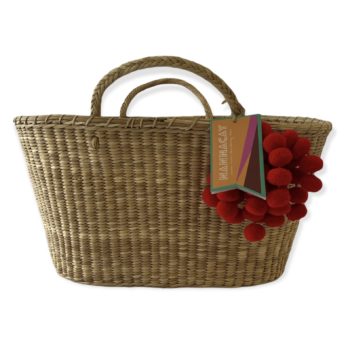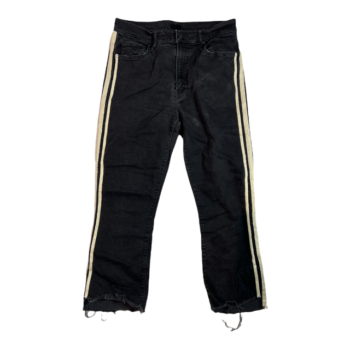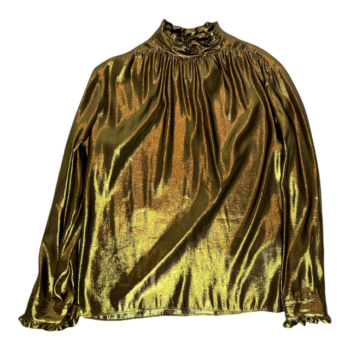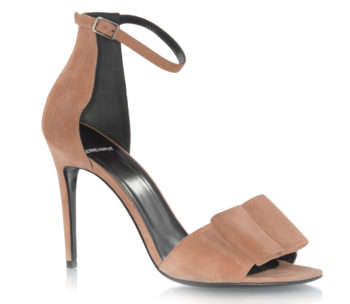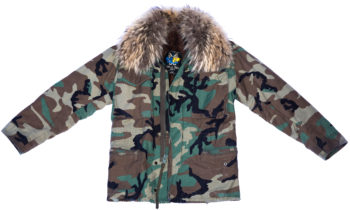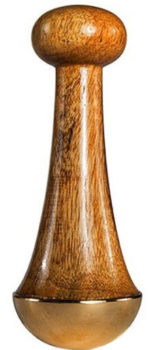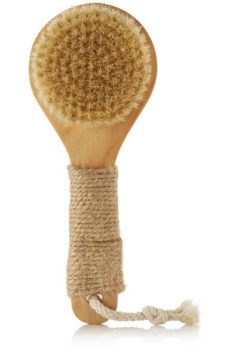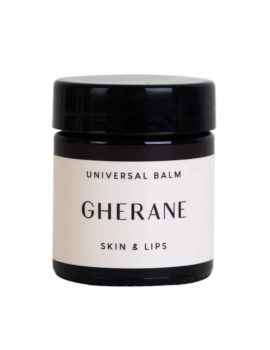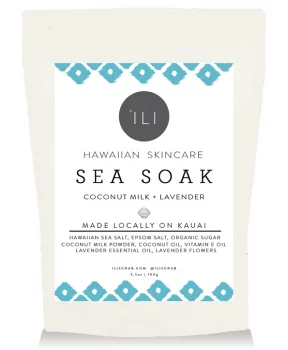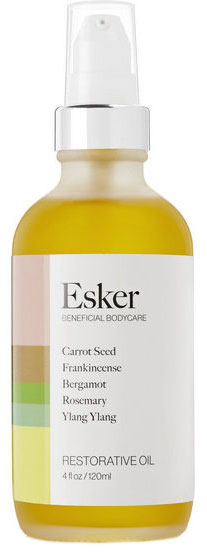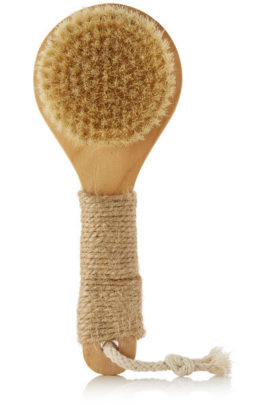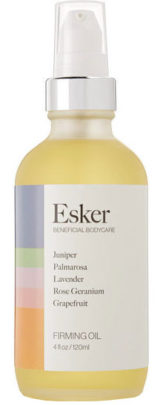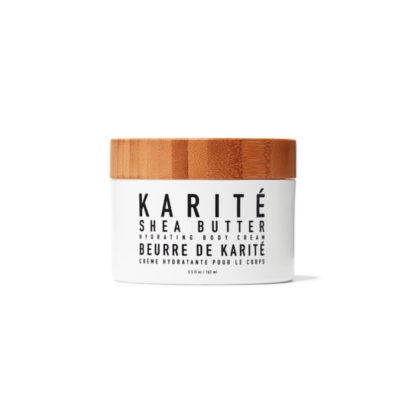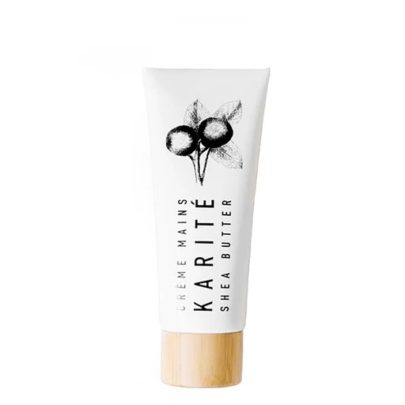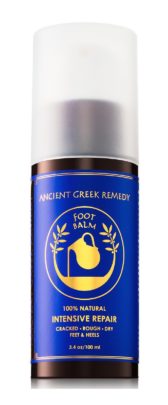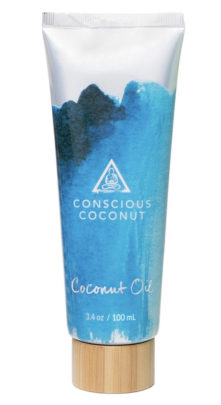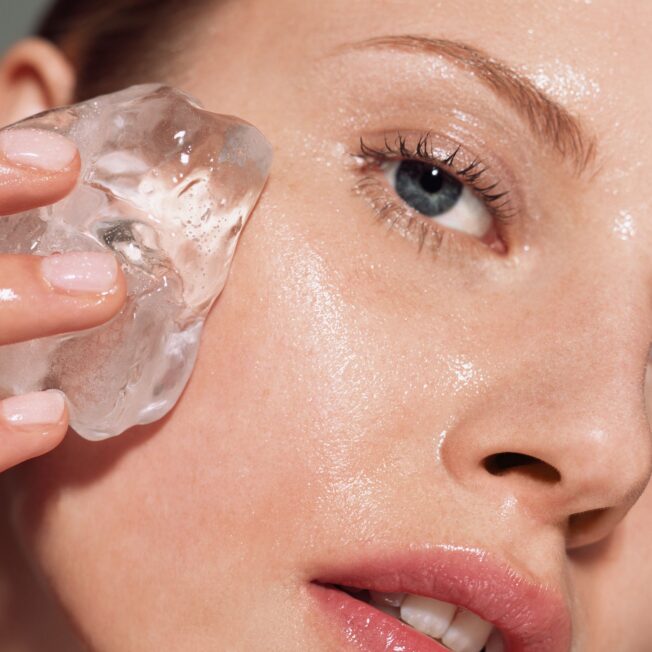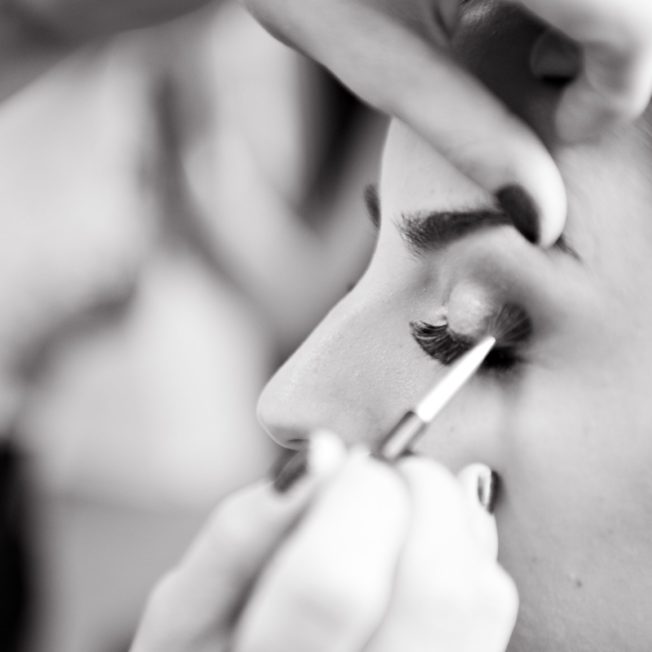Struggling with extra dry skin this winter? Transepidermal water loss may have something to do with that. As if wintertime isn’t hard enough on our skin as it is!
What is transepidermal water loss?
Transepidermal water loss (or TEWL, for short) is essentially the loss of water from our skin to the environment. It’s usually heightened by environmental conditions, like low temperatures with low humidity, which is why the winter months often leave our skin extra dry. It’s estimated that our skin will lose one pint of water each day through TEWL.
TEWL occurs when the epidermis, our outermost layer of skin, loses water to the surrounding air via evaporation. When we’re in a humid environment, water evaporates slower from the skin so the body can replenish any water we may lose to the air faster. However, in a more dry environment, like the winter, water tends to evaporate faster than our bodies can replace the fluids, leading our skin to become dehydrated and possibly even irritated. The dryer our skin becomes, the more TEWL accelerates due to a limited skin barrier (outer surface of our skin) function.
The bright side? TEWL is a natural process that happens to everyone–it’s how our skin regulates its water content.
What are the signs of TEWL?
Since we all struggle with TEWL, it’s good to keep your eye out for any of the signs to avoid a dramatic case. If you’re struggling with TEWL, you’ll likely notice that your skin is becoming dry, flaky, and maybe even dull. It can also become itchy or begin developing a rough texture and visible fine lines. Your dehydrated skin can also become uncomfortably tight, cracked, and even bleed if the dryness becomes too extreme. Yikes!
When your skin starts to show signs of dryness, TEWL can accelerate further due to your compromised skin barrier. Dehydration caused by TEWL has also been known to lead to premature aging since it can cause dullness and fine lines. It’s best to try to nip TEWL in the bud at the first sign of excessive dryness. But how?
Reducing TEWL and its side effects
While you can’t stop TEWL from happening entirely since it’s a naturally occurring process, there are still some steps you can take to help reduce it from happening dramatically.
TEWL is one of the many reasons why moisturizer is a key component in all of our skincare routines to ensure it says healthy, hydrated, and moisturized (there’s a difference!). Be sure to consistently use and reapply your moisturizers morning and night, focusing on humectant, occlusive, and emollient ingredients. Humectants will draw water to the epidermis, occlusives seal the moisture in, and emollients improve the feel and comfort of our skin, while also reducing water loss.
While you’re editing your skincare routine, it’s also important to utilize gentle cleansers that don’t overly strip your skin of its natural oils and moisture. Harsh cleansers, like ones that contain high pH levels, can exacerbate the situation if they are too drying for your skin (remember: you don’t want to compromise your skin barrier). While you’re washing your face, it’s also important to avoid using scalding hot water and opt for lukewarm water instead. Hot water can cause our pores to expand, which can allow more moisture to evaporate from your skin and strip your skin of its moisture.
Wearing sunscreen every day is supremely important in any skincare routine for a laundry list of reasons, but especially to keep your skin barrier protected from UV and free radical damage. Limited skin barrier functions can accelerate TEWL and quickly dehydrate your skin.
Beyond your skincare routine, you can also introduce humidifiers into your home, especially if you live in a low humidity environment. A humidifier can increase the moisture in the air, reducing the amount of TEWL that occurs.






